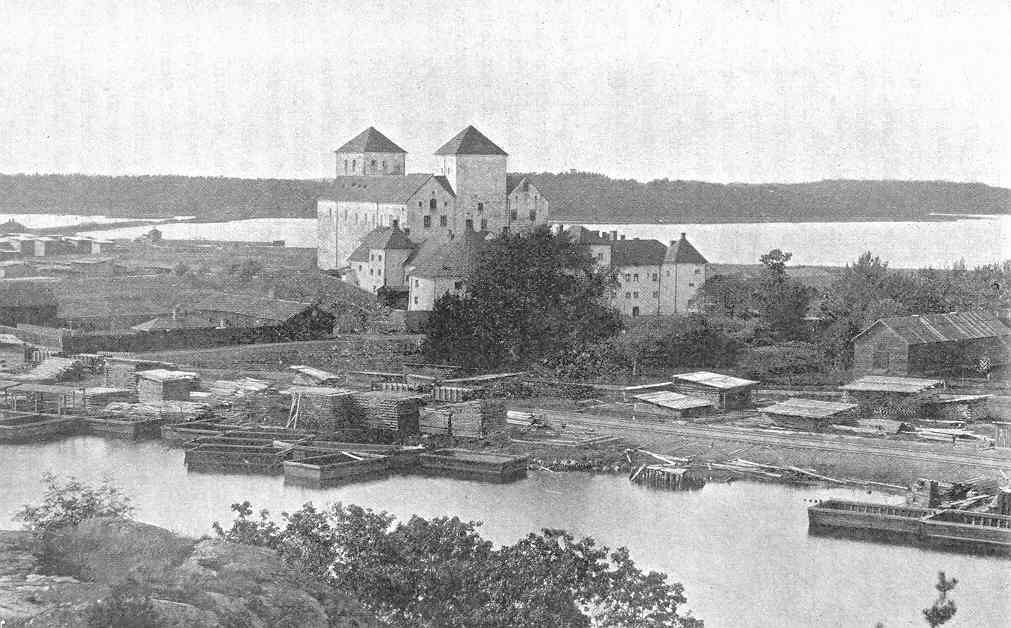Some of the most ancient Russian chronicles (Novgorod First Chronicle) were written in the scriptorium of the archbishops who also promoted iconography and patronized church construction. The Novgorod merchant Sadko became a popular hero of Russian folklore.
Novgorod was never conquered by the Mongols during the Mongol invasion of Rus. The Mongol army turned back about 200 kilometers from the city, not because of the city's strength, but probably because the Mongol commanders did not want to get bogged down in the marshlands surrounding the city.
Moscow area.

However, the grand princes of Moscow, who acted as tax collectors for the khans of the Golden Horde, did collect tribute in Novgorod, most notably Yury Danilovich and his brother, Ivan Kalita.
In 1259, Hordes tax-collectors and census-takers arrived in the city, leading to political disturbances and forcing Alexander Nevsky to punish a number of town officials (he cut off their noses) for defying him as Grand Prince of Vladimir (soon to be the khan's tax-collector in Russia) and his Mongol overlords. In the 14th century, raids by Novgorod pirates, or ushkuiniki, sowed fear as far as Kazan and Astrakhan, assisting Novgorod in wars with the Grand Duchy of Moscow.
During the era of Old Rus' State, Novgorod was a trade hub at the northern end of both the Volga trade route and the "route from the Varangians to the Greeks" along the Dnieper river system. A vast array of goods were transported along these routes and exchanged with local Novgorod merchants and other traders.
The farmers of Gotland retained the Saint Olof trading house well into the 12th century. Later German merchantmen also established tradinghouses in Novgorod. Scandinavian royalty would intermarry with Russian princes and princesses.
After the great schism, Novgorod struggled from the beginning of the 13th century against Swedish, Danish, and German crusaders.
During the Swedis Novgorodian Wars, the Swedes invaded lands where some of the population had earlier paid tribute to Novgorod.
The Baltic German campaigns ended in failure after the Battle on the Ice in 1242.
After the foundation of the castle of Viborg in 1293 the Swedes gained a foothold in Karelia.
On August 12, 1323, Sweden and Novgorod signed the Treaty of Nöteborg, regulating their border for the first time. Finnish areas first eastern border is made.
Treaty of Nöteborg Nöteborg = Walnut-Island / castle = Pähkinä-saari / Linna
Finnish areas first eastern border is made.
--------------------------------------------------------------

Hansa Kogge ship, or cog-built vessels
Hanseatic League
---------------------------------------
From 1249 onwards, sources generally regard Finland proper and Tavastia as a part of Sweden. Diocese of Finland proper is first time listed among the Swedish dioceses in 1253. In the Novgorod First Chronicle Tavastians (yem) and Finns proper (sum) are mentioned on an expedition with Swedes (svei) in 1256. However, very little is known about the situation in Finland during the following decades.
As an unexpected side effect, the expedition seems to have cost Birger the Swedish crown. As King Eric died in 1250 and Birger was still absent from Sweden, the rebellious Swedish lords selected Birger's under-aged son Valdemar as the new king instead of the powerful jarl himself.

Turku Castle (Finnish: Turun linna, Swedish: Åbo slott)
Turku Castle
Kastelholm Castle 1944
Kastelholm Castle
Reason for this is partly the fact that Western Finland was now ruled from Turku and most of the documentation remained there. As the Novgorod forces burned the city in 1318 during the Swedish-Novgorodian Wars, very little remained about what had happened in the previous century.
The last Swedish Crusade to Finland took place in 1293 against Karelians.








Great post, what a history finland has.
VastaaPoistaMoi, S-K
PoistaThanks for your comment and interest
In my opinion, Finnish history is the same as in many other countries.
Finland belonged to Sweden for hundreds of years, however, fighting always here
and Moscow attacks (occupation) are always a threat, for hundreds of years.